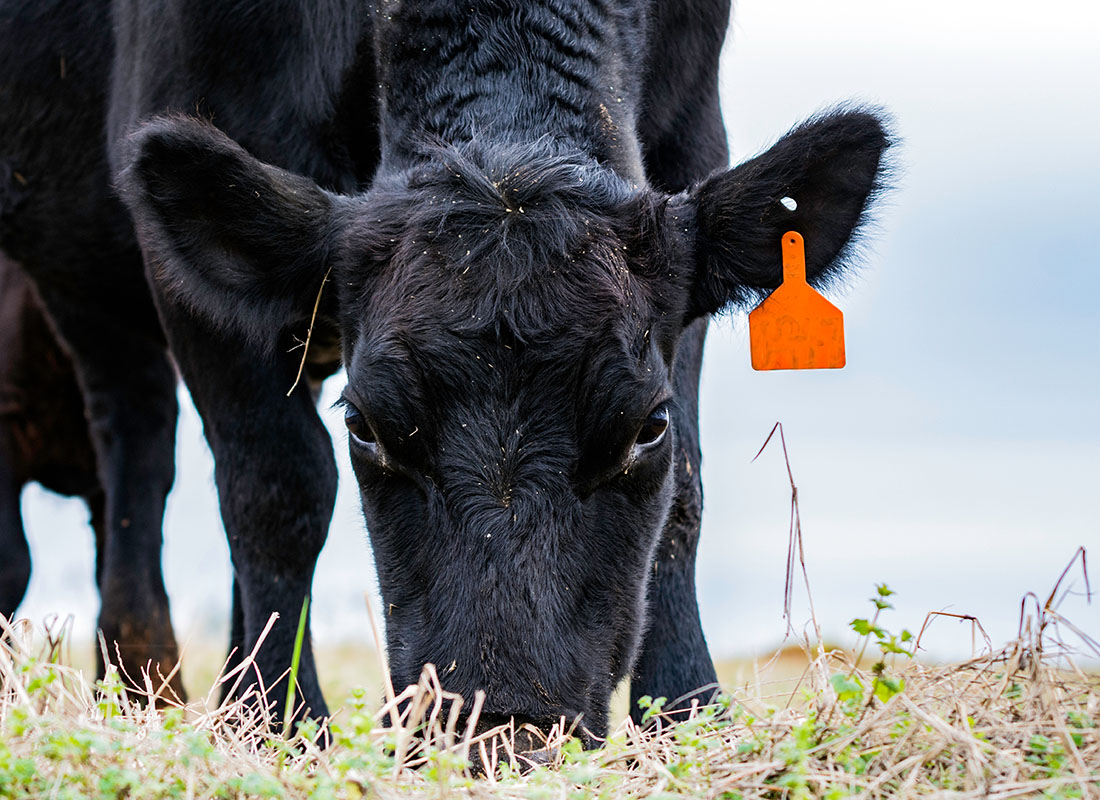Navigating Business Risks with Bagley Risk Management
Navigating Business Risks with Bagley Risk Management
Blog Article
Understanding Livestock Threat Protection (LRP) Insurance: A Comprehensive Guide
Browsing the world of animals threat defense (LRP) insurance can be an intricate endeavor for many in the farming industry. From just how LRP insurance policy works to the various protection options offered, there is much to reveal in this thorough overview that could potentially form the method livestock producers approach danger management in their organizations.

Exactly How LRP Insurance Coverage Works
Periodically, understanding the technicians of Livestock Danger Security (LRP) insurance policy can be complex, however breaking down exactly how it functions can supply quality for farmers and herdsmans. LRP insurance policy is a danger administration device designed to shield livestock producers against unforeseen price decreases. It's important to keep in mind that LRP insurance policy is not a profits assurance; rather, it focuses exclusively on cost danger defense.
Eligibility and Protection Options

When it involves protection choices, LRP insurance coverage uses producers the versatility to choose the coverage level, insurance coverage duration, and endorsements that ideal match their threat administration requirements. Protection levels typically vary from 70% to 100% of the anticipated finishing worth of the insured livestock. Producers can also select protection durations that straighten with their production cycle, whether they are guaranteeing feeder livestock, fed livestock, swine, or lamb. Endorsements such as rate threat defense can even more customize insurance coverage to secure against adverse market variations. By understanding the qualification standards and insurance coverage choices offered, livestock manufacturers can make informed choices to take care of risk effectively.
Benefits And Drawbacks of LRP Insurance Policy
When reviewing Livestock Risk Protection (LRP) insurance, it is crucial for animals manufacturers to evaluate the benefits and downsides fundamental in this danger monitoring device.

One of the main benefits of LRP insurance policy is its capacity to supply defense against a decline in animals prices. This can help protect producers from monetary losses arising from market variations. Furthermore, LRP insurance policy uses a degree of adaptability, permitting manufacturers to personalize coverage degrees and policy periods to fit their details demands. By locking in an assured rate for their animals, manufacturers can better handle danger and strategy for the future.
One limitation of LRP insurance policy is that it does not secure versus all kinds of threats, such as condition outbreaks or natural catastrophes. It is vital for producers to thoroughly analyze their individual danger exposure and economic scenario to identify if LRP insurance is the ideal threat monitoring tool for their operation.
Comprehending LRP Insurance Coverage Premiums

Tips for Optimizing LRP Benefits
Optimizing see this site the benefits of Animals Danger Protection (LRP) insurance needs tactical preparation and positive risk monitoring - Bagley Risk Management. To take advantage of your LRP protection, take into consideration the complying with suggestions:
Routinely Evaluate Market Conditions: Keep informed regarding market trends and rate changes in the animals market. By monitoring these aspects, you can make informed decisions regarding when to purchase LRP insurance coverage to secure against prospective losses.
Establish Realistic Protection Levels: When picking protection degrees, consider your production expenses, market price of animals, and prospective threats go to my site - Bagley Risk Management. Establishing realistic insurance coverage levels makes certain that you are effectively secured without overpaying for unnecessary insurance
Diversify Your Coverage: Instead of relying only on LRP insurance coverage, take into consideration expanding your risk monitoring techniques. Incorporating LRP with various other danger management devices such as futures agreements or options can supply extensive coverage versus market unpredictabilities.
Testimonial and Change Protection On a regular basis: As market conditions transform, periodically assess your LRP insurance coverage to guarantee it lines up with your present threat direct exposure. Readjusting insurance coverage levels and timing of purchases can aid optimize your risk security technique. By complying with these tips, you can optimize the benefits of LRP insurance policy and secure your livestock procedure against unanticipated dangers.
Final Thought
To conclude, livestock threat protection (LRP) insurance coverage is a valuable tool for farmers to manage the financial dangers linked with their livestock operations. By understanding how official statement LRP functions, eligibility and insurance coverage choices, as well as the benefits and drawbacks of this insurance policy, farmers can make enlightened decisions to shield their incomes. By carefully taking into consideration LRP premiums and carrying out techniques to optimize benefits, farmers can reduce potential losses and make sure the sustainability of their operations.
Animals producers interested in obtaining Animals Danger Security (LRP) insurance policy can discover an array of eligibility criteria and insurance coverage choices tailored to their certain animals procedures.When it comes to protection options, LRP insurance coverage uses manufacturers the versatility to select the protection level, protection period, and recommendations that ideal suit their threat administration requirements.To comprehend the details of Animals Danger Security (LRP) insurance policy fully, recognizing the variables influencing LRP insurance coverage premiums is vital. LRP insurance policy costs are figured out by different aspects, including the protection degree selected, the expected cost of animals at the end of the protection duration, the kind of livestock being insured, and the size of the insurance coverage period.Evaluation and Adjust Coverage Consistently: As market problems transform, regularly evaluate your LRP insurance coverage to ensure it lines up with your current risk exposure.
Report this page